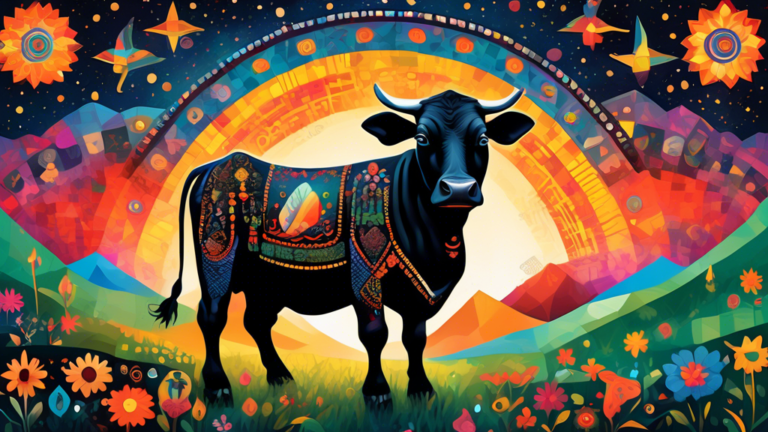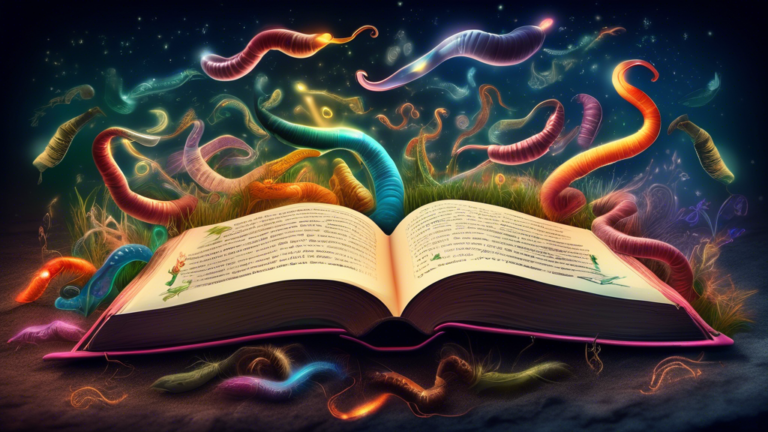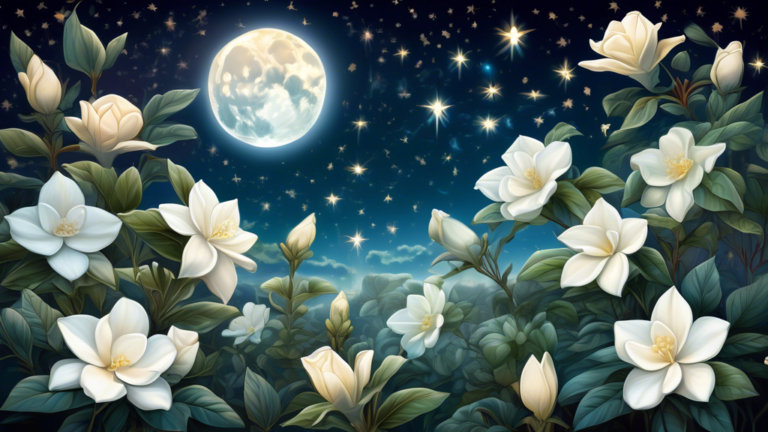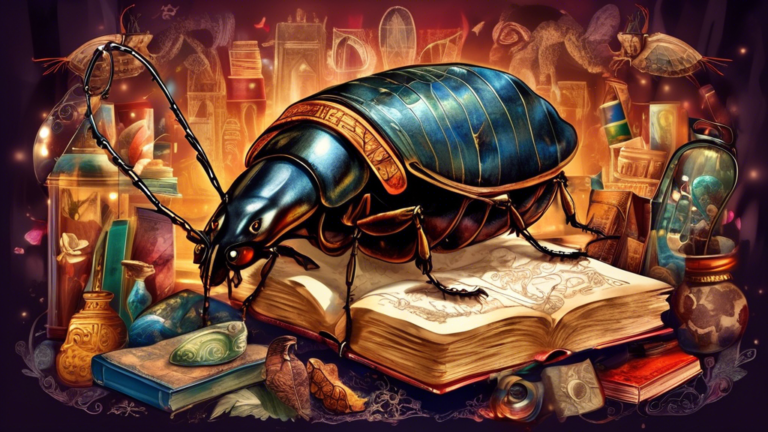Exploring the Symbolism of Fog in Literature and Culture
Introduction to the Symbolism of Fog
Fog, a meteorological phenomenon characterized by a thick cloud of tiny water droplets suspended in the atmosphere, features prominently in both literature and various aspects of culture. It often carries with it a wealth of symbolic meanings, typically influenced by its opaque, mysterious nature, and its ability to alter appearances and perceptions. This article explores the multifaceted symbolism of fog in literature and culture, highlighting how it has been used to represent confusion, isolation, danger, and transition.
Fog in Literature
Literary works frequently utilize fog to create an atmosphere of uncertainty and to symbolize characters’ emotional and psychological states. Its malleable presence can function both as a concealing element and a mirror to internal realities, lending a rich layer of meaning to narrative developments and character arcs.
Symbol of Confusion and Ambiguity
One of the most common symbolic uses of fog in literature is to represent confusion and ambiguity. In Joseph Conrad’s Heart of Darkness, for instance, fog is a recurring motif that reflects the moral ambiguity and the protagonist’s struggle to understand his environment and himself. The fog contributes to the eerie sense of the unknown, aligning with the narrative’s themes of imperialism and exploration.
Isolation and Estrangement
Fog also frequently symbolizes isolation and estrangement in literature. For example, in Charles Dickens’ Bleak House, London’s pervasive fog encapsulates the isolated lives of the characters and the entangled legal system that estranges them from justice. It illustrates the barrier between individuals and the society they inhabit, as well as the internal disconnections among characters.
Transition and Supernatural Elements
Moreover, fog often heralds significant transitions or changes within literary tales. It may suggest the thin line between the visible world and the unseen, imbuing scenes with a spectral, otherworldly quality. This is evident in Shakespeare’s Macbeth, where the witches make their first appearance amid fog, suggesting their supernatural origins and the foreboding nature of their prophecies.
Fog in Culture
In the broader cultural spectrum, fog carries various symbolic meanings from historical, psychological, and thematic perspectives. It appears in legends, folklore, and visual arts, often evoking sensations of mystery and the unknown.
Fog in Cinema and Film Noir
In cinema, especially in the film noir genre, fog is used to create an atmosphere of suspense and uncertainty. The obscured visuals not only enhance the aesthetic quality of noir films but also symbolize the murky morality and unresolved tensions between characters. The thick fog in classics like The Maltese Falcon and Casablanca amplifies a sense of conspiracy and danger lurking beneath the surface.
Fog in Art and Photography
Artists and photographers often take advantage of fog’s ethereal quality to evoke emotion or highlight certain elements within their compositions. Fog can soften landscapes, give depth to scenes, and create a sense of quiet and introspection. It often symbolizes a moment caught between time and place, as seen in the impressionist paintings by Claude Monet, where fog dissolves forms and colors leading to an exploration of light and shadow.
Fog in Mythology and Folklore
In various cultures’ mythology and folklore, fog is often associated with mystery and the supernatural. For instance, Celtic legends frequently utilize fog to bridge the mortal world and the magical, possibly dangerous realms. Such stories typically use fog as a protective cloak for fairies or gods as they move between realms or manipulate human affairs.
Conclusion
The symbolism of fog in literature and culture illustrates its power to evoke a range of emotional responses and thematic considerations. Whether used to depict confusion, isolation, transition, or supernatural elements, fog remains a compelling narrative and artistic tool. Its ability to obscure and reveal makes it a versatile and enduring symbol in both written and visual storytelling.
The Symbolism of Rainbows: Meanings and Interpretations
Exploring the Symbolism of the Wren in Various Cultures







